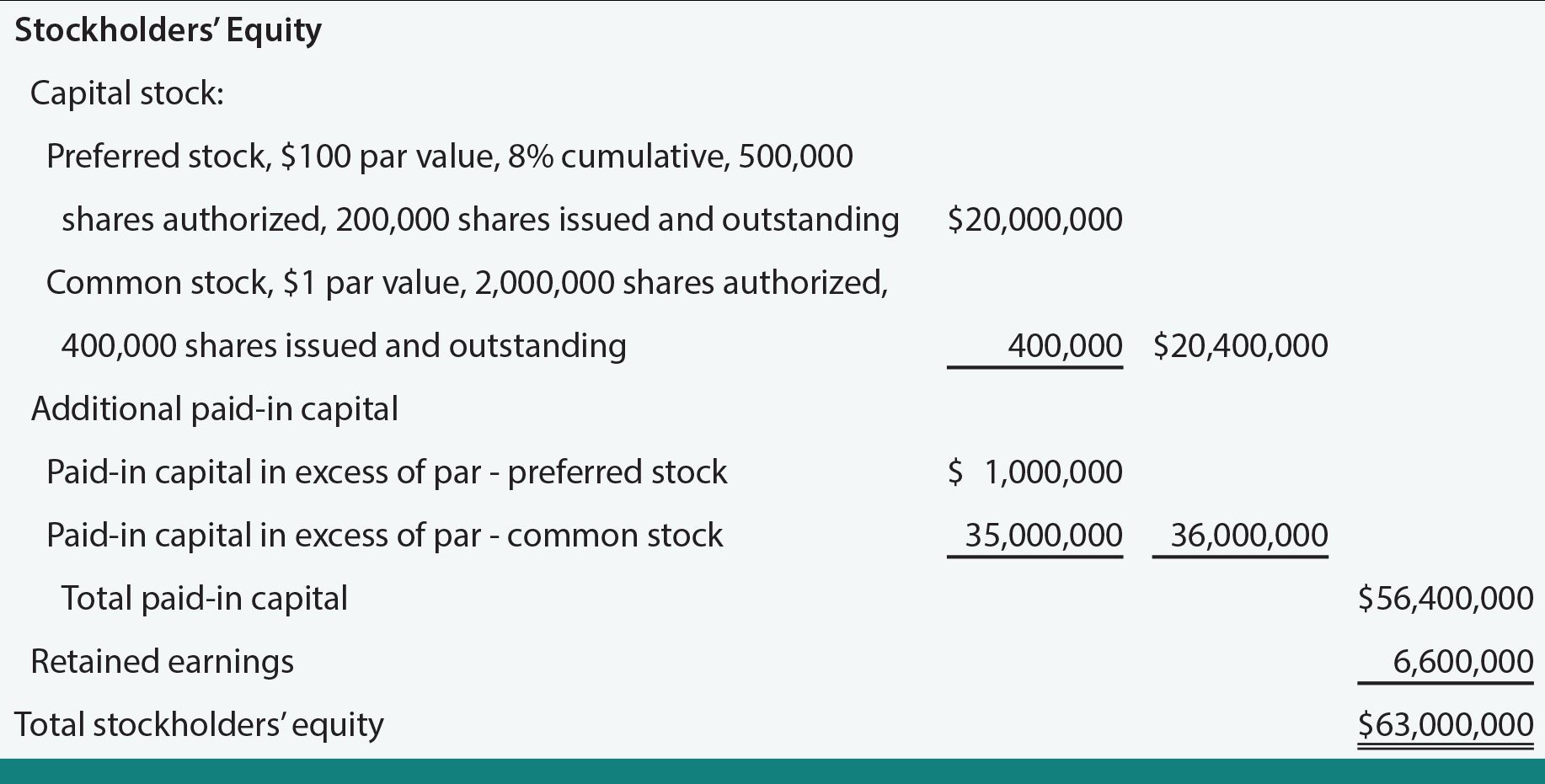Home>Finance>Bilateral Trade Definition And Pros & Cons Of Agreements


Finance
Bilateral Trade Definition And Pros & Cons Of Agreements
Published: October 16, 2023
Discover the bilateral trade definition and explore the pros and cons of agreements in the realm of finance. Gain insights into the intricacies of financial transactions between nations.
(Many of the links in this article redirect to a specific reviewed product. Your purchase of these products through affiliate links helps to generate commission for LiveWell, at no extra cost. Learn more)
Unlocking the Potential of Bilateral Trade: Understanding Agreements
In today’s interconnected global economy, countries are continually seeking opportunities to strengthen their economic ties and maximize their growth potential. One such avenue is bilateral trade agreements, which can play a crucial role in fostering mutually beneficial trade relationships between nations. In this blog post, we will delve into the definition of bilateral trade agreements and explore the advantages and disadvantages they bring to the table.
Key Takeaways:
- Bilateral trade agreements facilitate commerce between two countries, promoting economic growth and market access.
- Understanding the pros and cons of such agreements is crucial for policymakers and businesses to make informed decisions.
Defining Bilateral Trade Agreements
Bilateral trade agreements, as the name suggests, are agreements reached between two nations to foster trade and economic cooperation. These agreements encompass various aspects, including tariffs, quotas, investment, intellectual property rights, and more. The objective is to reduce trade barriers and create a more favorable business environment for both parties involved.
One of the primary goals of bilateral trade agreements is market access – giving exporters from each country preferential treatment and easier entry into the other’s market. By creating a level playing field, businesses can tap into new markets, expand their customer base, and boost sales, resulting in economic growth and job creation at home.
The Pros and Cons of Bilateral Trade Agreements
Pros:
- Promoting Economic Growth: Bilateral trade agreements can lead to increased trade and investment flows between countries, enhancing economic growth prospects. By liberalizing trade, both nations can benefit from expanded markets and increased productivity.
- Market Access: These agreements provide exporters with preferential access to foreign markets, reducing tariffs and other trade barriers. This increased market access can result in increased sales, expanded business opportunities, and greater competitiveness for both countries.
- Investment Opportunities: Bilateral trade agreements often include provisions for foreign direct investment (FDI), ensuring a favorable environment for businesses to invest in each other’s countries. This can lead to increased capital flows, technology transfer, and job creation.
- Enhanced Productivity and Efficiency: Through increased competition and access to foreign markets, bilateral trade agreements can drive businesses to become more efficient and innovative. This process can boost productivity levels and generate long-term economic benefits.
Cons:
- Dependency Risks: Reliance on bilateral trade agreements can make economies vulnerable to changes in political dynamics, shifts in international relations, or sudden policy reversals. Overreliance on a limited number of trading partners can expose a country to potential disruptions in trade.
- Unequal Bargaining Power: Negotiating bilateral trade agreements can be challenging, especially when dealing with countries with diverging interests and different levels of economic power. Smaller nations may find it harder to secure favorable terms compared to larger, more influential economies.
- Domestic Market Challenges: Openness to foreign competition, which bilateral trade agreements can bring, may pose challenges to certain domestic industries. Disruption in certain sectors can lead to job losses and adjustments for companies unprepared for global competition.
- Regulatory Complexity: Aligning national regulations and standards between two countries can be a complex process. Harmonizing rules and regulations encompassing various sectors may require significant time and resources.
Conclusion
Bilateral trade agreements hold immense potential for boosting economic growth, enhancing market access, and promoting investment between countries. However, it is vital to carefully consider both the advantages and disadvantages associated with such agreements to ensure long-term sustainable development. Policymakers and businesses must weigh the benefits against the risks and take informed decisions that align with their respective national interests.
By understanding the intricacies of bilateral trade agreements, nations can foster constructive partnerships, open up new avenues for growth, and navigate the complexities of the global economy more effectively.














